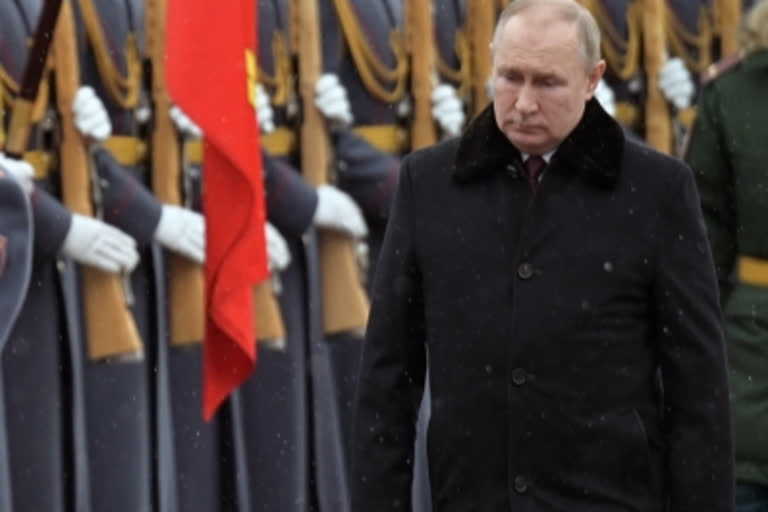New Delhi: The cornerstone of Russian military strategy is largely two-fold: Keep the endgame in sight, adopt a blow-hot-blow-cold stance so as to confuse the enemy, and keep the adversary guessing till the last minute. The endgame is clear—either Russia occupies Ukraine and annexes the Russian-dominant Donbas region, or installs a government at Kiev that is pliant to Moscow.
And that is why the Thursday morning ‘shock and awe attack' on Ukraine bears the stamp of a classical Russian military tactic at work. Till the onset of the sudden lightning attack on Ukrainian targets—largely in capital Kiev, Kharkiv, and Odessa—that began at 5 am, the debate was still raging among the Western powers as to whether Russia would at all launch an attack.
While the US was certain about the attack, many Western powers were convinced Russia was just posturing and pursuing a policy of brinkmanship and would not begin an all-out war despite the massive deployment of its military that encircled Ukraine on three sides—from the north, east and the south.
The questions were answered soon as missiles rained, tanks rolled out and aircraft blasted Ukrainian targets even as Russian ground forces moved in. According to reports, casualty figures from both sides had started coming in amid large-scale destruction.
The Russian tactic in Ukraine has been a classic Russian copybook military tactic, the standing examples of which can be seen in the Korean War and the Berlin crisis.
